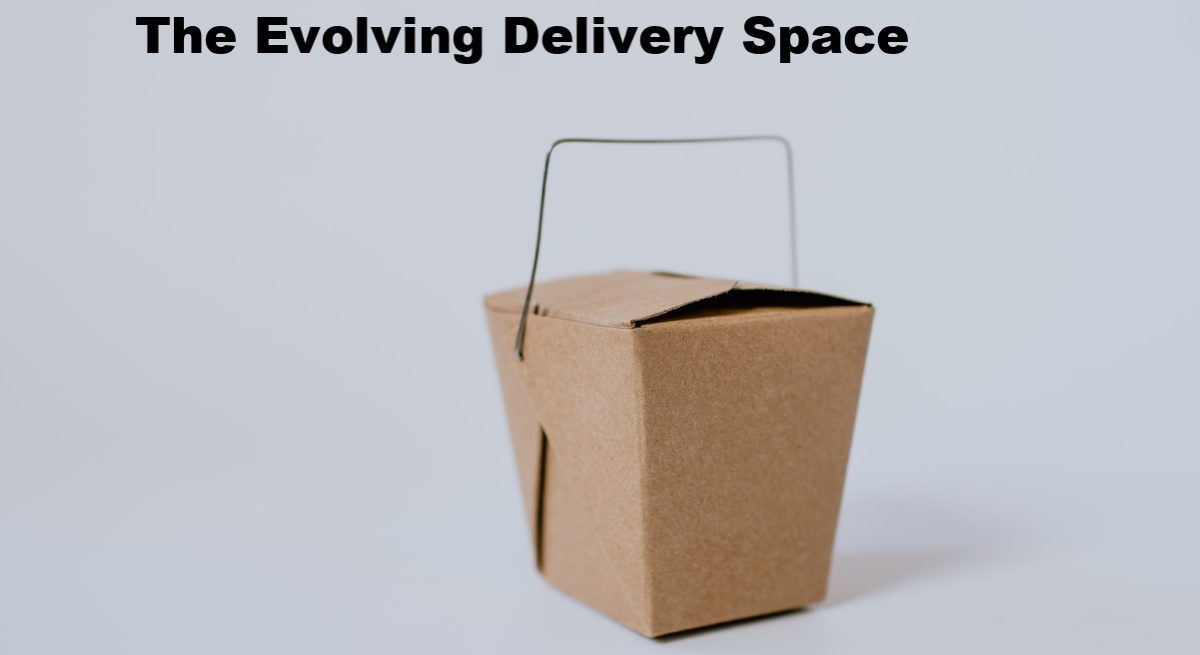What Delivery Customers Expect During the COVID-19 Pandemic
3 Min Read By Rachel Morgan
The restaurant industry has been hit hard by the COVID-19 pandemic and estimates a $225 billion loss over the next three months. Restaurants are scrambling to accommodate a new kind of market – the frenzied and fearful delivery customer. People are self-quarantining at home, on edge and ordering in.
How are restaurants responding to this new type of customer?
We’ve already seen restaurants responding with curbside pickup, no-contact delivery, tamper-evident labeling and packaging, heightened food safety and sanitation policies, and more strict health and safety rules for employees.
As a restaurant operator, it’s imperative to understand and adapt to this new type of customer or else risk significant losses.
What does the delivery customer expect now?
Delivery customers want restaurants to follow CDC guidelines (and be vocal about it!)
Delivery customers want restaurants to communicate (well and often!) their updated company policies regarding COVID-19. Post social updates and press releases for major policy updates as well as making that information readily available on your company website.
They want to know employees are practicing good hygiene.
Enforcing a strict hand washing policy is a no-brainer. Having hand sanitizer on site and in delivery vehicles as well as directing staff to wear gloves is becoming the norm. Additionally, delivery customers expect all restaurants to enforce sending employees home who show symptoms or have been in contact with someone exhibiting symptoms.
They expect safer food handling.
Now more than ever, delivery customers are aware of who is handling their food and the way it was prepared and transported. Reassure customers you are going the extra mile to protect their food by:
- Retraining staff and ensuring everyone’s Food Handler certifications are up to date
- Adopting more strict and more frequent cleaning schedules
- Using tamper-proof labels and/or packaging
- Using food rotation labels
- Having disposable thermometers available for staff
- Purchasing additional Bloodborne Pathogen Kits and first aid kits for vehicles
- Purchasing wrapped disposable cutlery
Many of these are already part of restaurants’ operations. It’s just a matter of doubling down efforts toward these items and reinforcing their importance with staff as well as getting the additional food safety products.
They expect tamper-proof labeling and packaging.
Delivery customers are looking for peace-of-mind when it comes to getting food from restaurants, and tamper-proof labels can help reduce a sense of uneasiness in customers. Many big brands are investing in tamper-proof labeling as their focus turns from dine-in business to take-out and delivery.
They expect a no-contact delivery option.
Restaurant operators should also implement no touch delivery protocols. With this option, customers can order and purchase food with their credit cards ahead of time, allowing drivers to leave the food delivery order at a person’s door, or other designated location without having to interact with the driver. Just like food takeout, this helps to eliminate touch points, which can help reduce the spread of the Coronavirus.
They expect a financial break.
Millions of Americans are going to experience financial stress in the coming weeks. Even well-off people experience financial stress during times of uncertainty. Because of this, every consumer will be looking to brands that cut them some slack. Many restaurants are waiving all delivery fees, offering discounts on delivery orders over a certain dollar amount, or offering other incentives to get delivery customers to their doors.
They expect a seamless ordering experience.
Delivery consumers want a quick and easy ordering experience. Sixty percent of consumers say that timeliness is a key factor to their satisfaction. Restaurants can implement these strategies to improve the ordering process:
- Improved tablet and mobile ordering experience
- Better integrated technology
What’s Next?
It’s hard to say what the long-term effects of the coronavirus might be on the foodservice industry. What we know is that restaurants are struggling and working quickly to adapt to take-out and delivery models.
All restaurant owners and operators should check their state and local health departments for the most recent updates and guidelines, as well as the CDC.

